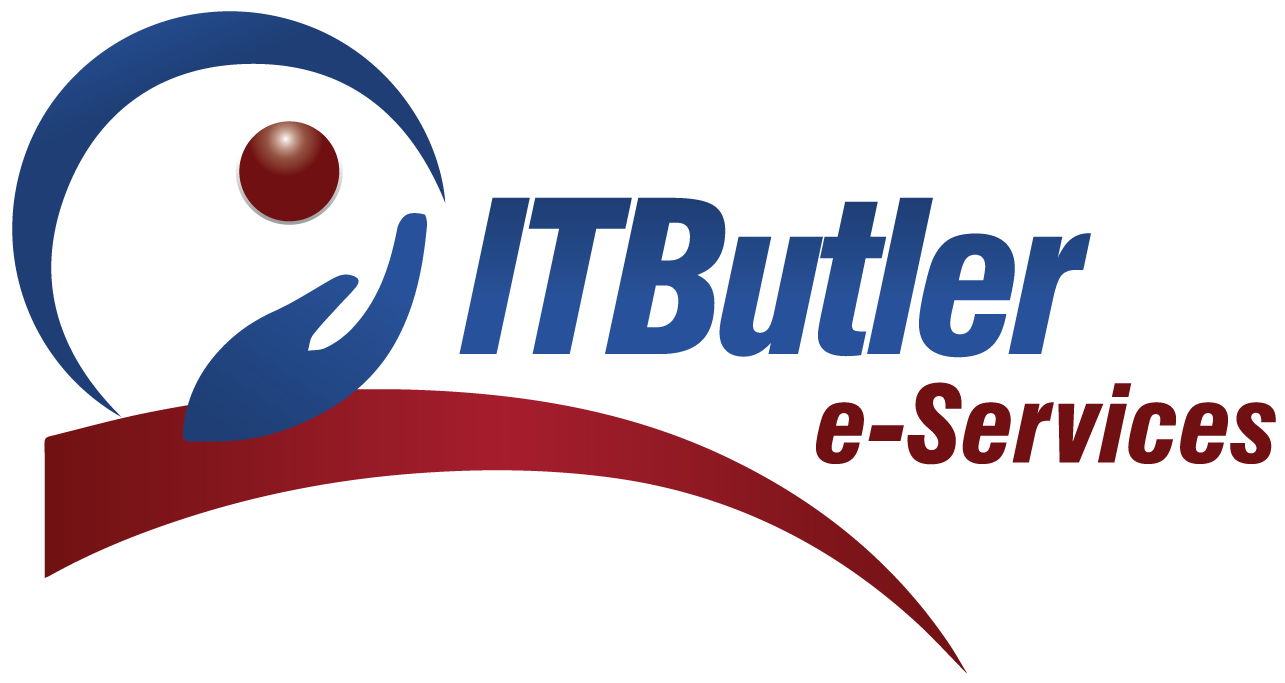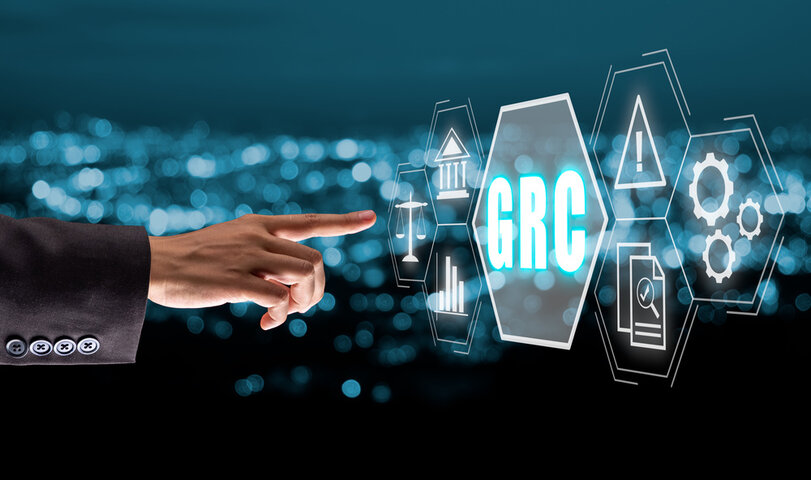In the ever-evolving landscape of cybersecurity and regulatory compliance, organizations are turning to advanced Governance, Risk, and Compliance (GRC) tools to streamline processes, enhance decision-making, and fortify their overall cybersecurity posture. This exploration delves into the transformative power of GRC tools, elucidating their key functionalities, benefits, and the strategic role they play in achieving GRC excellence.
Unlocking GRC Tools: A Strategic Imperative
GRC tools serve as the digital backbone of robust governance, risk management, and compliance frameworks. These tools are designed to automate and centralize key processes, offering organizations a holistic view of their risk landscape while fostering efficient collaboration among different departments.
Key Functionalities of GRC Tools
Risk Assessment and Management
- GRC tools facilitate comprehensive risk assessments, allowing organizations to identify, evaluate, and prioritize risks. This includes assessing the impact and likelihood of potential risks, enabling strategic risk management.
Policy Management
- Centralized policy management ensures that organizations can efficiently create, update, and communicate policies across the entire workforce. GRC tools help in tracking policy compliance and automating policy-related workflows.
Compliance Tracking and Reporting
- GRC tools simplify the complex task of tracking compliance with various regulations, standards, and frameworks. They automate compliance assessments, generate reports, and provide real-time insights into the organization’s adherence to regulatory requirements.
Incident Response Coordination
- Streamlining incident response coordination is a critical aspect of GRC tools. These tools facilitate the creation of incident response plans, automate alerting mechanisms, and provide a centralized platform for collaboration during cybersecurity incidents.
Audit Management
- GRC tools automate and streamline the audit process. From scheduling audits to tracking findings and managing remediation efforts, these tools ensure transparency and accountability in the audit lifecycle.
Benefits of GRC Tools in Cybersecurity Initiatives
Enhanced Efficiency and Productivity
- GRC tools eliminate manual, time-consuming processes, allowing organizations to focus on strategic initiatives rather than administrative tasks. This leads to enhanced efficiency and increased productivity.
Real-Time Visibility
- By centralizing data and processes, GRC tools provide real-time visibility into an organization’s risk and compliance status. This enables proactive decision-making and reduces response times during incidents.
Improved Collaboration
- Collaboration among different departments is crucial for effective GRC management. GRC tools foster improved collaboration by providing a centralized platform where stakeholders can contribute to risk assessments, policy updates, and incident response.
Strategic Decision-Making
- GRC tools empower leadership with data-driven insights, facilitating strategic decision-making. Leaders can assess the impact of risks, monitor compliance levels, and allocate resources based on a comprehensive understanding of the organization’s risk landscape.
Scalability and Adaptability
- As organizations evolve, so do their risk landscapes. GRC tools are designed to be scalable and adaptable, accommodating changes in regulations, industry standards, and organizational structures without significant disruptions.
Strategic Role in Achieving GRC Excellence
The strategic role of GRC tools in achieving excellence lies in their ability to integrate governance, risk management, and compliance into a cohesive framework. GRC tools act as enablers, providing organizations with the agility needed to navigate the complexities of the modern cybersecurity landscape.
Choosing the Right GRC Tools: Considerations and Best Practices
Alignment with Organizational Goals
- Select GRC tools that align with the organization’s specific goals, industry regulations, and compliance requirements.
User-Friendly Interface
- User adoption is key to the success of GRC tools. Choose solutions with intuitive interfaces that facilitate seamless user engagement.
Integration Capabilities
- Ensure that GRC tools can integrate with existing organizational systems, especially those related to IT, security, and compliance.
Robust Reporting and Analytics
- Look for tools that offer robust reporting and analytics capabilities. The ability to generate actionable insights is crucial for informed decision-making.
Scalability and Flexibility
- Choose GRC tools that are scalable and flexible, capable of adapting to the organization’s changing needs and growth.
Conclusion
In conclusion, GRC tools are not just technological solutions; they are strategic assets that empower organizations to proactively manage risks, ensure compliance, and elevate their cybersecurity posture. By embracing the transformative power of GRC tools, organizations can navigate the complexities of the digital landscape with confidence, resilience, and a commitment to excellence in governance, risk management, and compliance.






